Student Blog
Diversity
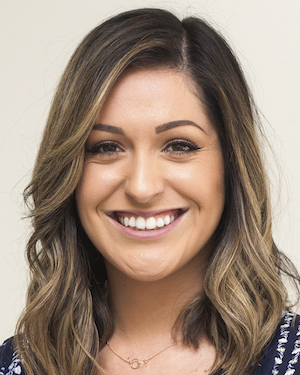
Increasing Diversity — Semester Review ⟩
December 21, 2018, by Melissa
Diversity
Hey everyone! As we’re getting ready to go on break, I’ve had some time to reflect on this past semester, and look at everything we’ve managed to accomplish in our short time as Student Ambassadors. Increasing diversity within our program and the field of occupational therapy is a goal that took priority for Serena (another wonderful Student Ambassador) and myself. USC prides itself on being one of the most diverse occupational therapy programs. However there is still a lack of minority representation, particularly a lack of Hispanic and African American students. The same can be said of our profession as a whole, therefore we established some goals related to increasing diversity within the division, and we couldn’t wait to get started!
When you have a team and program that is equally as passionate about your goals as you are, it’s hard not to over-achieve. We dove right into recruiting and presenting at different clubs and universities in the area, and we were excited to reap the rewards of our hard work. We had lots of ideas, and we thought that improved minority representation would come quickly. Studies have shown that patients have better health outcomes when they work with clinicians that have a similar cultural background, and working in Los Angeles we will encounter patients from different minority backgrounds.Therefore, this goal is of particular importance to us because of the makeup of our patient population, and the cultural discrepancy between the clinicians that serve them.
As the semester went on, we realized that our goals were a bit lofty for a position we’d be in for less than a year, as it can take a long time to establish a single long-term relationship. We focused on reaching out to as many programs and clubs as we could, in an attempt to have the most impact possible. However, our progress was not as rapid as we would have liked, so we’ve begun to reconfigure our goals to be more achievable in the amount of time that we have left in this position. Our supervisor has been instrumental in helping us view where we’ve fallen short of our expectations as something to learn from, and as an opportunity for growth. Most importantly, we have not lost our excitement and passion surrounding increasing diversity!
Being able to tackle diversity as one of my goals is only possible because of the support that I have from my team and the Chan division. It’s been incredible to work alongside faculty and staff within the program that also value this goal as much as I do. If you ever have any questions regarding diversity within our program or within our profession, feel free to reach out! And as always, fight on!
⋯
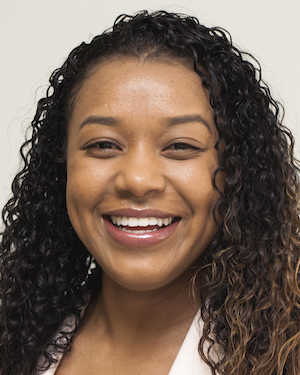
MORELIFE: Preventative Health Access Program — No, Not the Drake Album ⟩
December 7, 2018, by Serena
Classes Diversity
This semester I was enrolled in Occupation-Centered Programs for the Community taught by Dr. Jenny Martinez. In the class I paired up with 3 of my colleagues to create a community project around a topic that interested all of us: access to preventative healthcare. We all had a specific passion for delivering client-centered care, specifically focusing on culturally appropriate interventions for the Latino and Black communities in Los Angeles.

Presenting our project, MORELIFE, at the end of the semester. Working with them was a joy since we all desired to address the current health disparities in Los Angeles.
My team and I created a proposal for our community program, which we called MORELIFE: Preventative Health Access. The proposal included all the necessary components that would be required to start a new service. Thus, over the 16 week semester, we developed a trends analysis, needs assessment, literature review, marketing plan, mock funding request, and program evaluation. At the end of the semester, we delivered a presentation to our classmates, staff, and faculty members in the USC OT program. It may seem like a lot of work because it was a lot of work (lol); however, we received continuous guidance and support from our professor, Dr. Martinez who we met with weekly and other faculty members such as Dr. Stacey Niemiec, who so generously shared her experience in developing a very similar program, ¡Vivir Mi Vida!. Since undergrad, I have always wanted to create and then deliver a community project focusing on health disparities so by gaining these skills I am one HUGE step closer to implementing a program like MORELIFE into society.
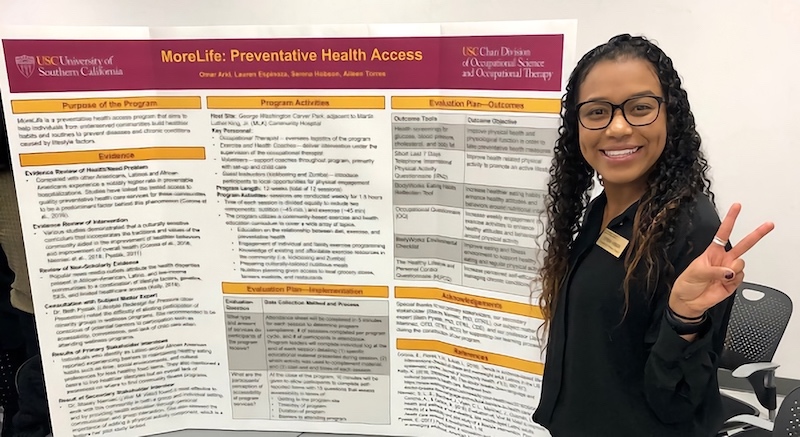
During the end of the semester presentation, I eagerly presented on the program my 3 colleagues and I had been working on for the entire semester.
⋯

Latino College Expo ⟩
November 15, 2018, by Serena
Admissions Diversity
What a great turn out at this year’s 5th Annual Latino College Expo™!
What is the Latino College Expo?
Mostly comprised of high school and middle school Latino students, the event had recruiters from higher education (like me) and positive post-secondary pursuits (like recruiters from Disney Animation). The event had resources on grants, loans, and the Dream Act; additionally, information on internships and career opportunities were given.
What did I do at the event?
While raising awareness about USC’s OT program with Diego Lopez, an occupational therapy doctorate (OTD) student, we spoke to over 300 high school students and even middle school students, (yes 8th graders :0) about OT. I wish I would have known about OT when I was in 8th grade! It was such an incredible sight to see so many young students not knowing what OT was but then realizing that their unique interests could be found in OT. For example, there were students interested in design and mechanical engineering and they realized that they could become an OT focusing on helping individuals live a more meaningful life by designing more functional prosthetics. Other students with a desire to pursue a major in criminology came to learn about OT’s role in forensic mental health and OT’s ability to work in the criminal justice system.
Given the age of the crowd, the middle and high schoolers were mostly interested in USC’s accelerated Bachelor’s to Master’s in Occupational Therapy program. They were amazed and thrilled to learn that they could receive their Master’s in just 5 years and their doctorate in occupational therapy in just one subsequent year!

OTD student, Diego Lopez, and I educating high school and middle school students about USC occupational therapy programs at the 5th Annual Latino College Expo event in Pomona, California.
The highlight of the event!
One of the highlights of the event is when the host of the event came up to the USC Occupational Therapy booth and let me have the microphone! I was in utter disbelief. My face completely lit up! I was so surprised since I was the only booth she had given the ability to speak on the microphone in front of the ENTIRE crowd! You know I took full advantage of the opportunity! I politely yet firmly grabbed the microphone and proudly stated my OT elevator pitch with a huge smile on my face. I mean, the opportunity to spread awareness about the best profession in the world 😉 to over 600 people does not happen that often.
In the Future . . .
I am most definitely looking forward to attending the 6th Annual Latino College Expo next year. Maybe next time they will let me go on the main stage with the microphone!
20th Annual Black College Expo
Stay tuned for a post about the 20th Annual Black College Expo, which will take place at the LA Convention Center on February 2nd. If you are a current USC OT student or alumni of the program, please message me if you would like to attend the event and help raise awareness about USC’s OT program!
⋯

USC, CSUDH, and Loma Linda University at the 16th Annual Tea with a Scholar ⟩
October 15, 2018, by Serena
Diversity Getting Involved
At the 16th Annual Afternoon Tea with a Scholar, I received tips from self-care to ways to receive financial aid as a student and practicing OT. The event was very informative and a wonderful way to bring occupational therapists together. Previous student ambassadors have written about their experiences with past Tea with a Scholar events, which have featured Dr. Florence Clark and Dr. Ann McDonald.
So you may ask, “What is Afternoon Tea with a Scholar?” It is an annual event put on by occupational therapists. The intention is to bring the profession together to discuss current research in the field of Occupational Science. To set the scene a bit, there were students, faculty, and staff members from USC, Cal State Dominguez Hills (CSUDH), and Loma Linda University (LLU). Additionally, board members from occupational therapy organizations like the California Foundation of Occupational Therapy (CFOT) and the Occupational Therapy Association of California (OTAC) were present. So as you can probably tell it was a great way to get more connected with the larger OT community.

My colleagues and me at the 16th Annual Afternoon Tea with a Scholar proudly holding the Trojan sign in front of USC’s Center for Occupation and Lifestyle Redesign.
The event was held at USC’s historical Center for Occupation and Lifestyle Redesign. The topic of the afternoon was Community Health and Wellness. Dr. Julie Kugel was the honorable guest lecturer and is the director of the Occupational Therapy Doctorate (OTD) program at LLU. She presented on the current research she was engaged in and shared some of the impactful experiences that have shaped the scholar she is today. She addressed the concept of doubt and kindly stated that “Doubt does not make us any less, it makes us human.” The ability to select so many different paths in the field of occupational therapy at times creates doubt, at least for me (lol). However, with this new understanding, I find doubt to now be humanizing and a common life experience. Another concept that Dr. Julie Kugel spoke about was what it means to be a true scholar. A true scholar is a person who is able to engage in conversation and advocate for our profession. I find this skill to be crucial in our ability to expand in areas where OTs are not currently practicing but are so desperately needed in helping to promote overall health. Additionally, the benefits of volunteering at conferences was also touched upon since this allows you to understand and learn about what goes on behind the scenes. Plus, you can possibly receive a conference ticket discount by volunteering a couple of hours of your time. While volunteering, you never know who you may meet and what those connections may lead to in the vast world of occupational therapy.
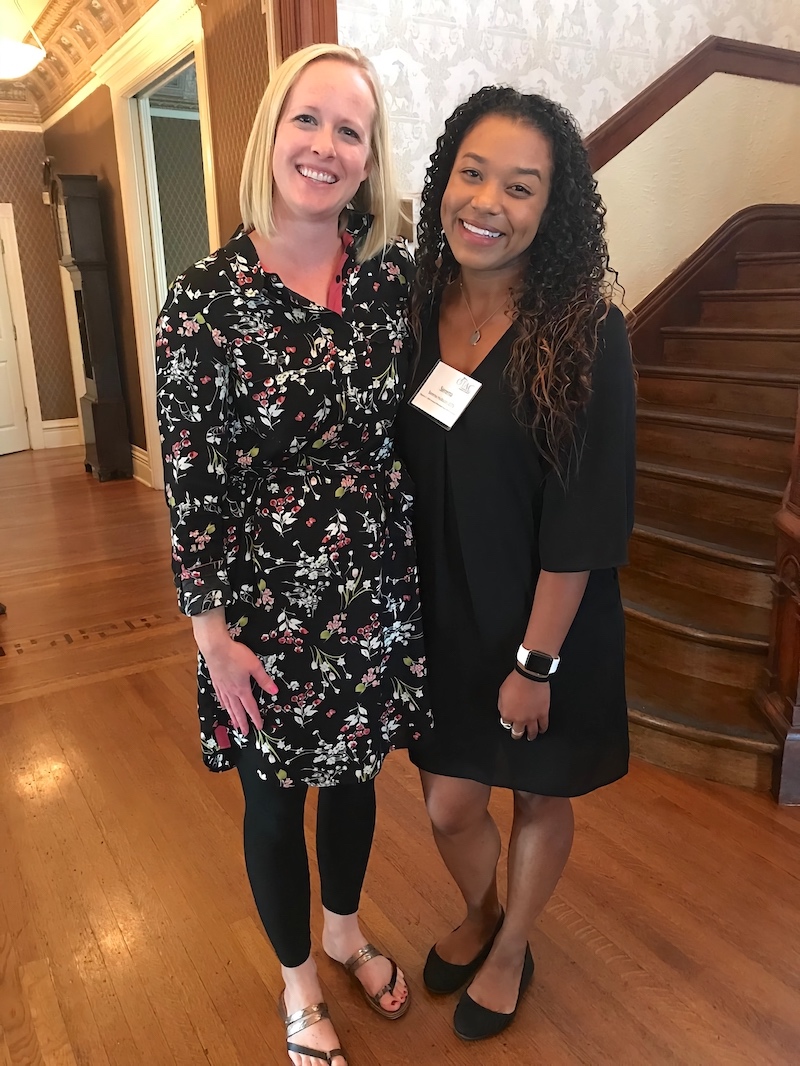
Dr. Julie Kugel after her lecture on Community Health and Wellness.
⋯
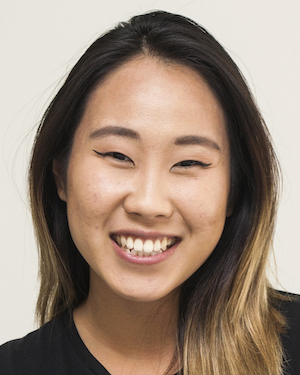
Having a Seat at the Table ⟩
September 19, 2018, by Joyce
Diversity Getting Involved
One of the unique opportunities at USC is the Student Run Clinic, a completely student organized interdisciplinary clinic that occurs twice a month. We strive to bring about quality care for the underserved population of Los Angeles. The protocol and environment is set up for student to learn to:
- Utilize occupational therapy lens for a holistic approach to patient care
- Collaborate with disciplines from medicine, pharmacy, and physician assistant
- Advocate for the profession of occupational therapy
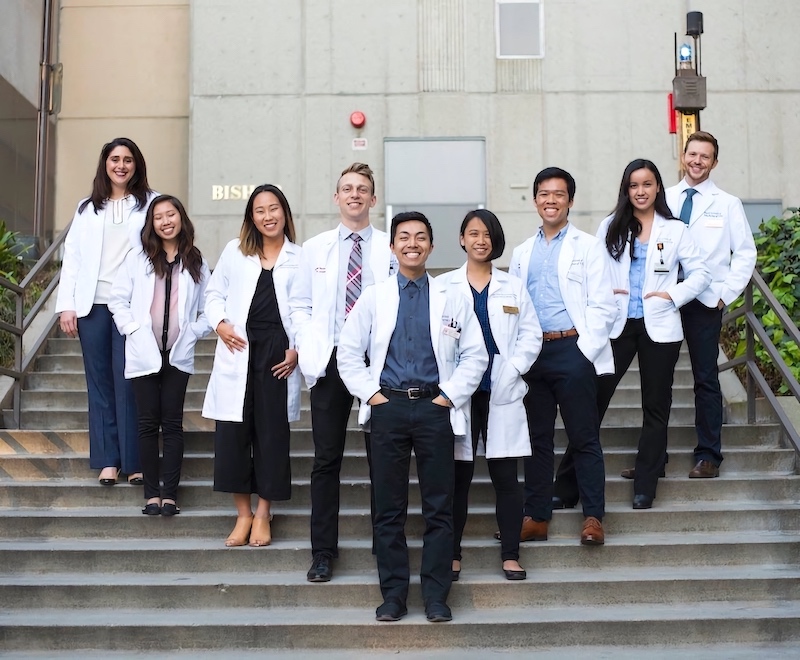
As the SRC Co-Executive Chair, I have the opportunity to represent the occupational therapy profession at the table. Coordinating patient care across four disciplines can get quite messy with the layers of communication and hierarchy. In order to create a smoother flow of communication, the executive board has been created where 2 students from each discipline comes together, and we brain storm ideas to maintain the occurrence of clinics and enhance the experience of them, for both the patients and the students. Every month, we meet to discuss any issues that may have to be problem-solved. Within this past year alone, we have tackled many obstacles including patient care, research, communication, and funding.
In partnership with my co-chair peer, I can advocate for the profession of occupational therapy. Having a seat at the table is more than being physically present. When working with the underserved, it is important to be aware of the multiple compounding factors that puts them at risk for future health concerns. While patients are at our clinic, we want them to receive the best quality care in the most efficient way. While the executive board is constantly working towards making that happen, as students, I can use my occupational therapy lens, to bring forth the narrative of the patient population. OTs have the ability and skills to dig into their routines, roles, and access, specific to this population. In this manner, we are advocating for patients using our OT lens.
Most importantly, I am given the space and time to create friendships with students from these various professions! Through our friendships, we are engaging in meaningful conversations that teach one another about our professions. I truly believe that these relationships will continue beyond our time in school and well into our clinical practice years as we learn to lean on each other for collaboration and support.

⋯





